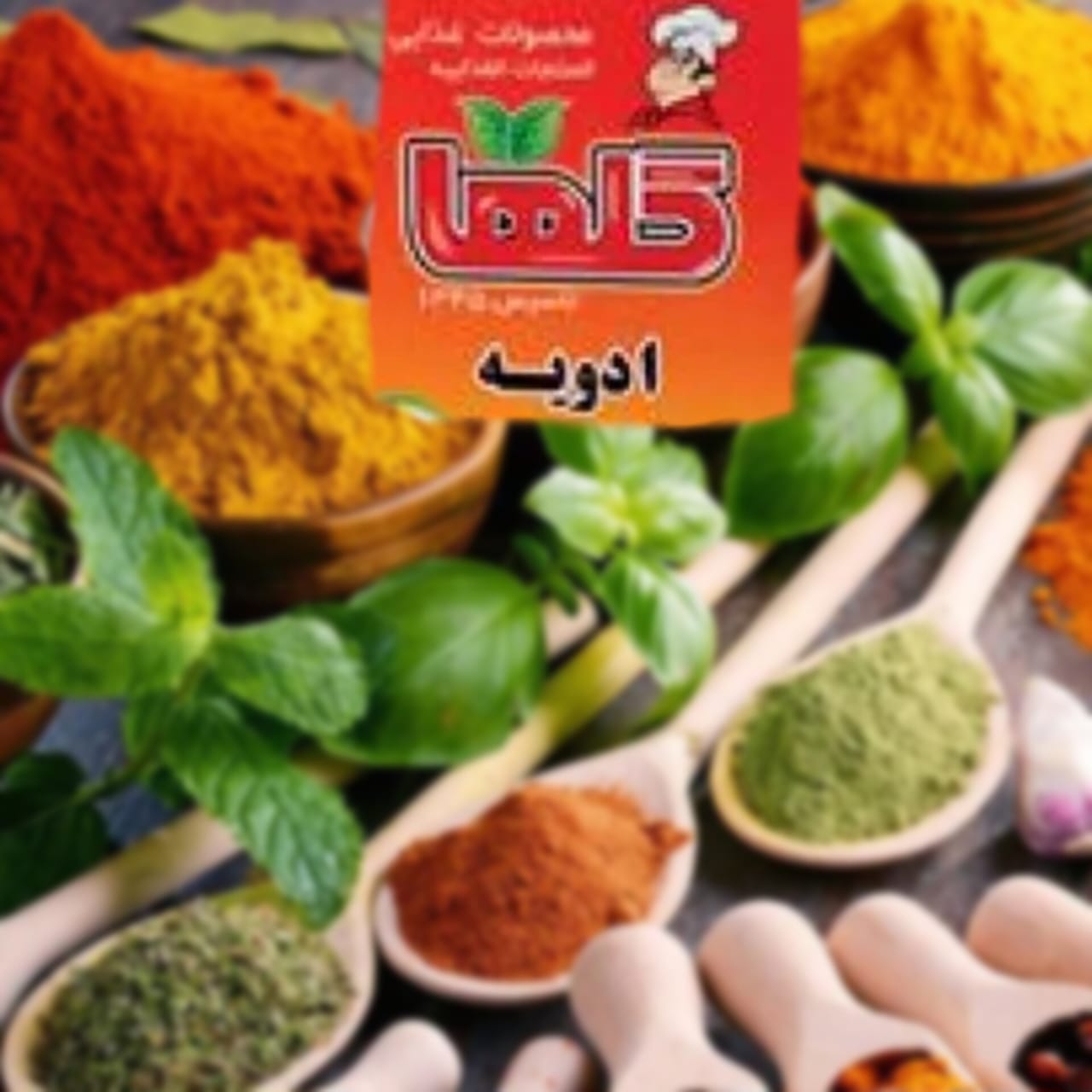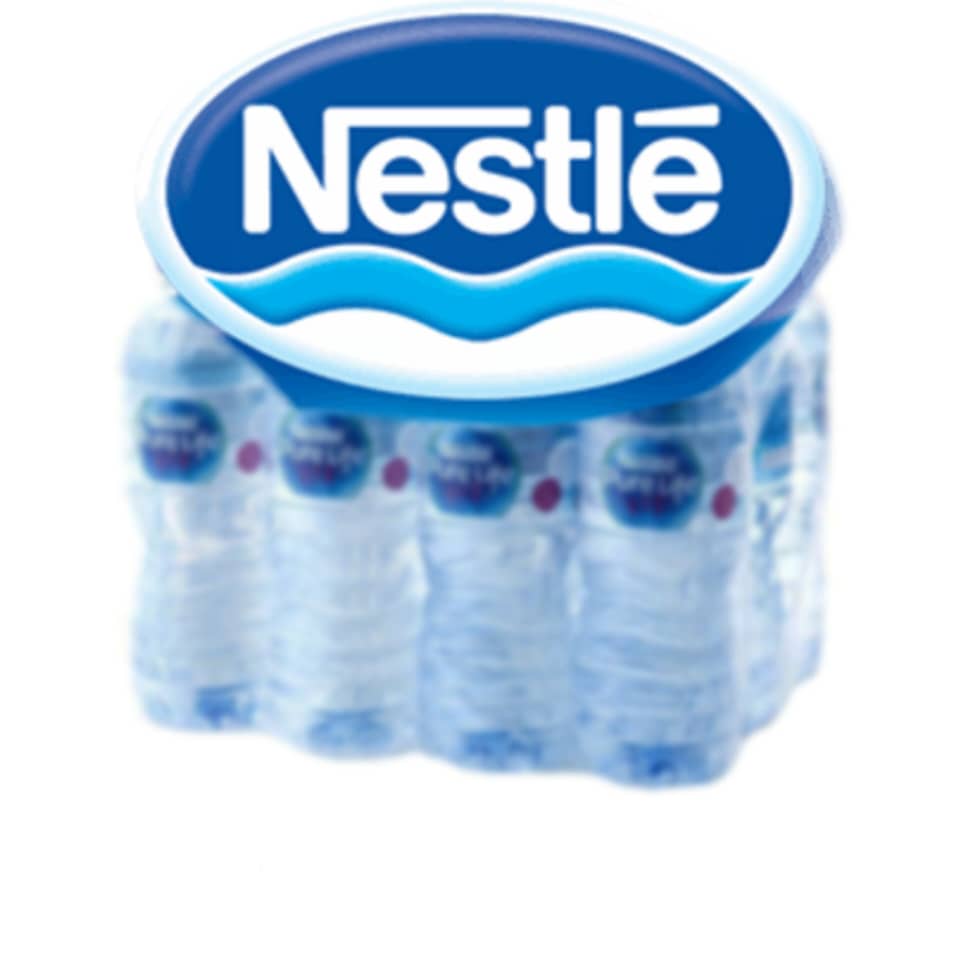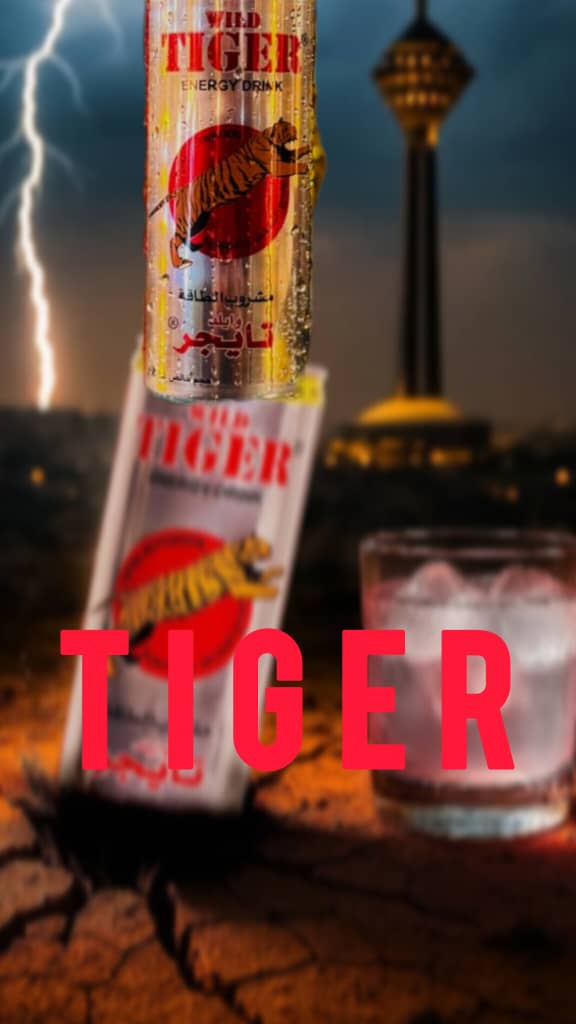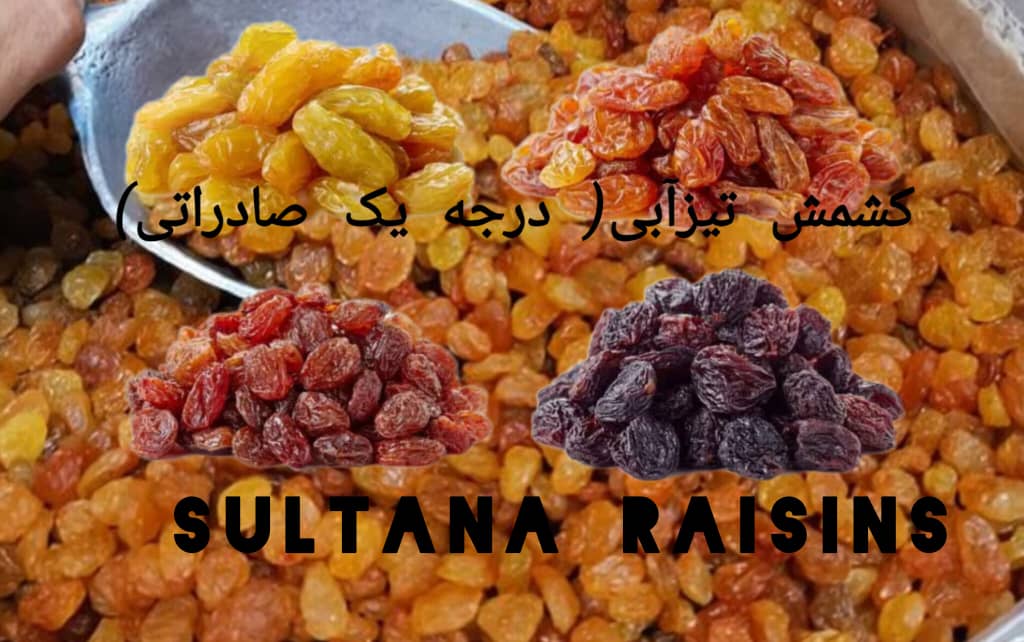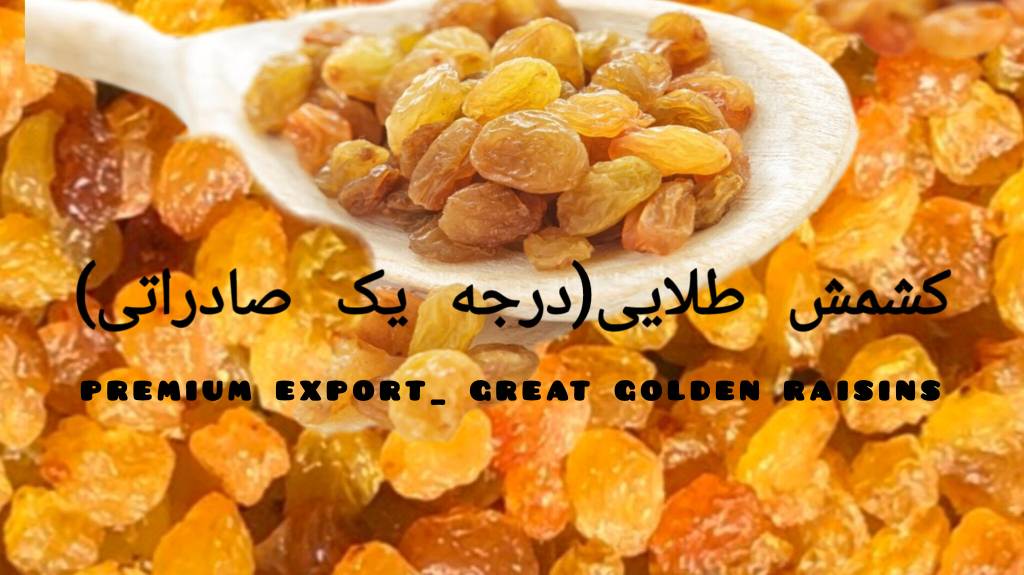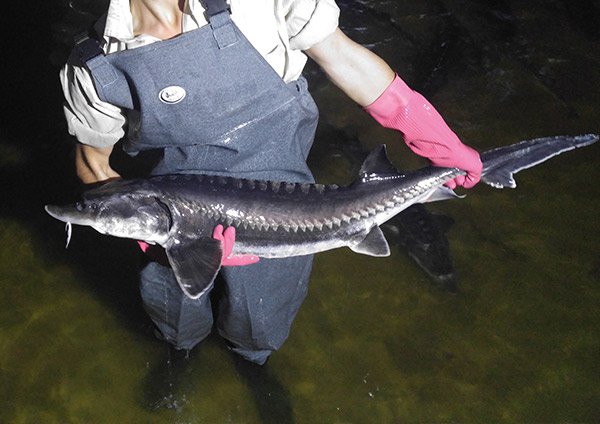
- Seen : 738 View
The population growth ratio of every society, including Iran, is significantly lower than that of food production, so that one can claim population growth is geometric in shape and food production growth is linear. Crop production is limited by the need for suitable land and water everywhere, and studies have shown that there are only two ways to increase food production under current global conditions:
One is the application of modern technologies to further exploit agricultural products, livestock, poultry and aquaculture production and the other is the large-scale aquaculture in seas and inland waters, in particular by sea ranching and cage culture in a way that all or some part of the aquaculture food from the water reserves in the water is provided.
Since 1950, world-wide aquaculture has grown dramatically every year and is now competing with the global catch of marine and inland waters. The global average for annual catch in the seas and oceans is 80 million tons and inland waters around 10 million tons and a total of 90 million tons, which is not only impossible to increase further but also due to the increasing human population, these numbers are sliding especially in countries where control is less possible on catch, both in the inland and in free waters.
One of the world’s most valuable aquatic species is the sturgeon, which accounts for over 90 percent of its reserves in the Caspian Sea and its natural catch in the former Soviet waters was about 26,000 tons annually and in Iranian waters about 2,500 tons annually. Their caviar production was 2,500 to 3,000 tons respectively, and about 250 tons or more for Iran.
Such factors as fishing abuse at the time of Islamic Revolution of Iran, the collapse of the Soviet Union, and pollution caused the decline of these valuable reserves in the Caspian Sea, which led IUCN, or the International Union for Conservation of Nature, to declare this fish, meaning the Caspian Sturgeon, an endangered species.
The fishing practice of this species has been halted in the Caspian Sea in recent years, but unfortunately in both Iran and the countries around the Caspian Sea the poachers’ fishing has become more and more common. The former Soviet Union used most of the caviar production from the Caspian Sea for domestic consumption.
In the last two decades farming of some the species of sturgeon have begun to grow. Worldwide production of meat for sturgeon species is currently over 100,000 tons of meat worldwide (J.Applied Ichthyology, vol.35, Issue 1)
In 2017 over 2,329 sturgeon farms in the world has been accounted for, from which 54% of it is in China, 24% in Russia, 8% in the Middle East, 7% in the Far East and 6% in Europe (FAO, 2018)
Sturgeon farming is recently significant and beneficial in Iran however it is so stressful and long-lasting activity. Sturgeons (Acipencers) are a long lived and late maturity fishes that spawn many times in life.
Dating back to 250 million years ago, and since they have been able to survive, they are referred to as living fossils.
In this group of fish there are two families, namely Acipenseridae or sturgeons and Polyodontidae or Paddle fishes. The second type does not exist in Iranian waters. There are 25 species in these two families, 5 of which live in the Caspian Sea, and form the highest density of sturgeon.
In addition to species in the Caspian Sea, there are two other species of sturgeon named Siberian sturgeon and sterlet sturgeon in Russian rivers which have been introduced to Iran for breeding.
Saler Company Information

